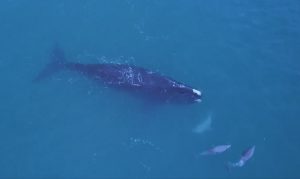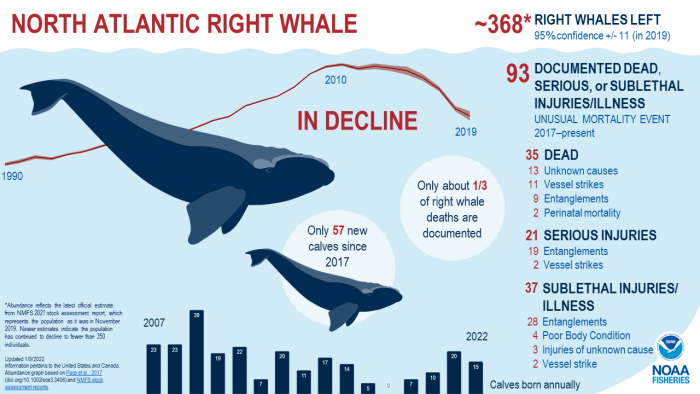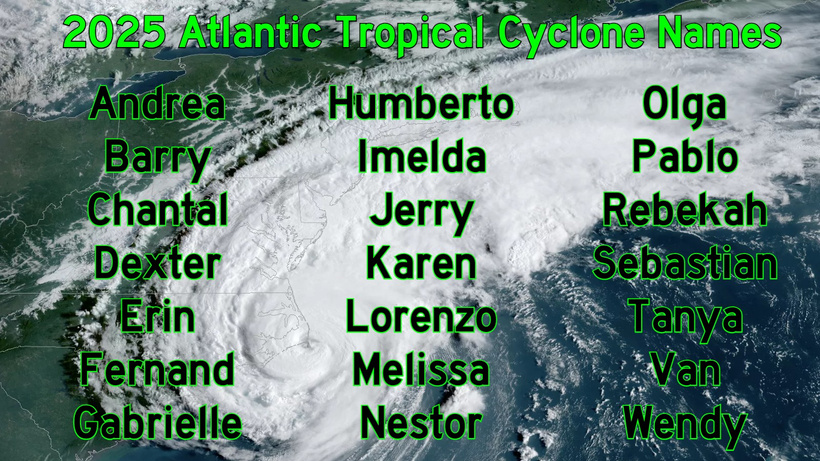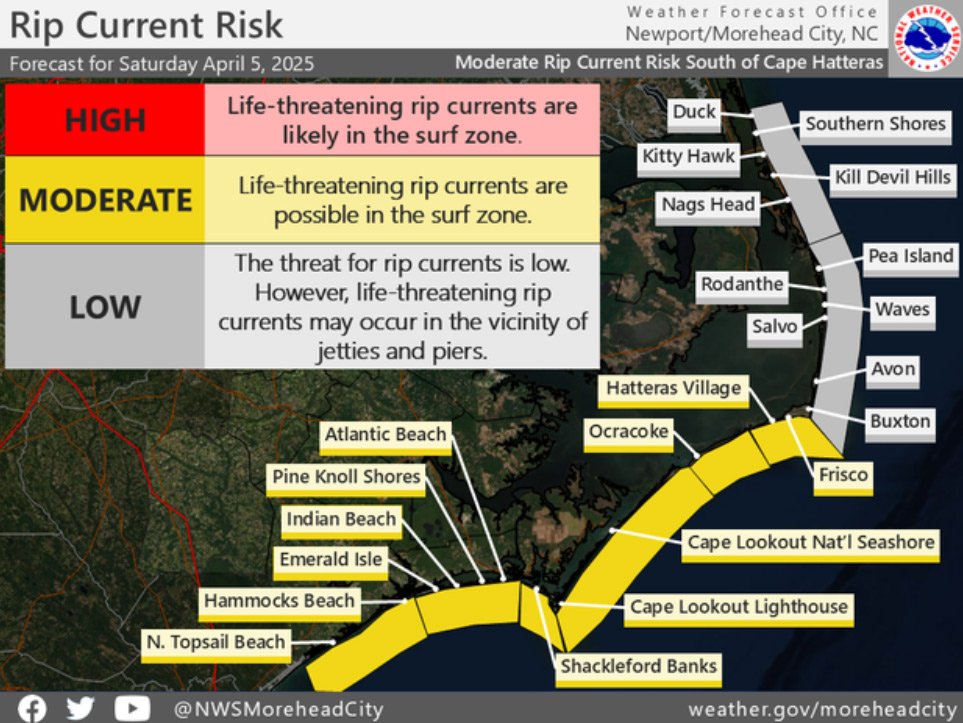Critically endangered North Atlantic right whale spotted off the Avon Pier
Video Player
00:00
00:00
Video by Mike Hysong
A critically endangered juvenile North Atlantic right whale was spotted off the Avon Pier on Sunday, January 8, and the rare encounter was captured on video by beachgoer Mike Hysong.
The sighting caught the attention of Marina Doshkov, Database Technician and Marine Mammal Stranding Coordinator with the North Carolina Aquarium on Roanoke Island, who reported it to NOAA for identification, as well as the U.S. Coast Guard.
“The first thing we do is contact the Coast Guard so they can issue a bulletin to mariners to reduce speed in the area,” said Doshkov. “This helps reduce [the risk of] a collision.”
There are approximately 325-335 North Atlantic right whales left in the world, from Canada to Florida, which include 60-70 reproductive females. On average, there are 10 new calves born every year.

The one-year-old whale off of Avon was identified by Doshkov and her colleagues by his size, as well as the distinctive callosities, (or pattern of white patches), on top of his head.
“This is a teenager, and the teenagers kind of mill around and do what they want,” said Doshkov. “He will probably hang around the area for a few days, or he may wander [elsewhere] – these whales can move at two meters per second, so he can travel to Canada in about a week.”
Per NOAA, the North Atlantic right whale is one of the world’s most endangered large whale species, and is one of three right whale species in existence. The other two are the North Pacific right whale, which is found in the North Pacific Ocean, and the Southern right whale, which is found in the southern hemisphere. Right whales are baleen whales, which feed on tiny crustaceans by straining huge volumes of ocean water through their baleen plates, which act like a sieve.
North Atlantic right whales migrate seasonally and may travel alone or in small groups. In the spring, summer, and fall, many of these whales can be found in waters near New England and Canada, where they typically feed and mate. In the winter, however, some right whales travel more than 1,000 miles from these feeding grounds to the shallow, coastal waters of their calving grounds off of South Carolina, Georgia, and northeastern Florida, though these migration patterns can vary.
Right whales can live for at least 70 years, and adults can grow to lengths of 52 feet. Though a sighting is rare, this is the second reported North Atlantic right whale in the area in the past several months, as in November, another whale was spotted near Ocracoke Island by the National Park Service. (A deceased baby calf that was approximately one day old was also reported last weekend in the Morehead City area.)
Prior to November 2022, the last reported sighting of a right whale in the Outer Banks region was approximately 5-7 years ago, per Doshkov.
North Atlantic right whales are friendly and are known to approach kayakers or anyone in their preferred waters, which are typically 100-200 yards offshore. The one spotted on Sunday was approximately 200 yards away, and was just visible from the Avon shoreline. Though there have been no additional sightings reported, beachgoers are advised to keep their eyes on the horizon in case this rare visitor makes another appearance in the not-so-distant future.
How you can help:
Because North Atlantic right whales are so endangered, and can have collisions with mariners, fishing nets, and other manmade obstacles, anyone who spots a whale is advised to call the Marine Mammal Stranding Network locally at 252-455-9654, or the national hotline at 1-877-WHALE-HELP.
Video Player
00:00
00:00
Video by Mike Hysong














